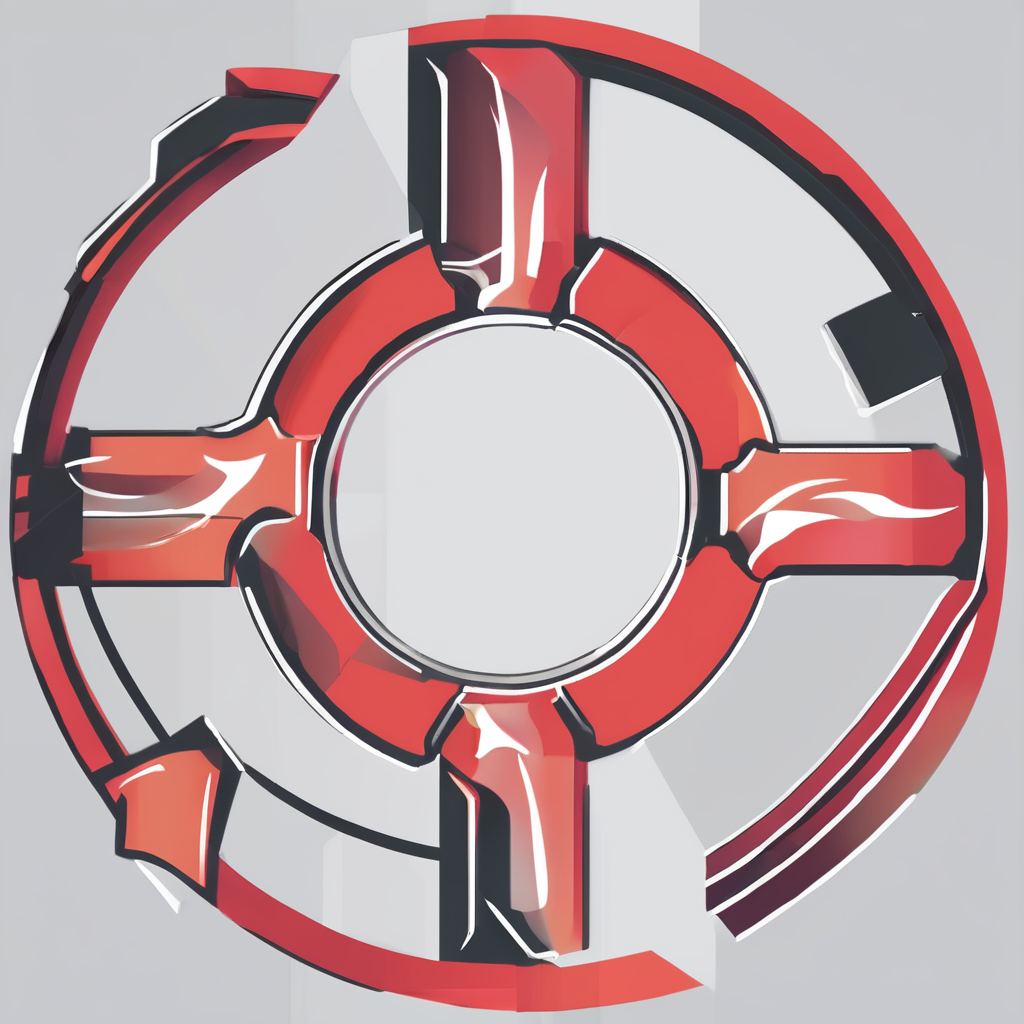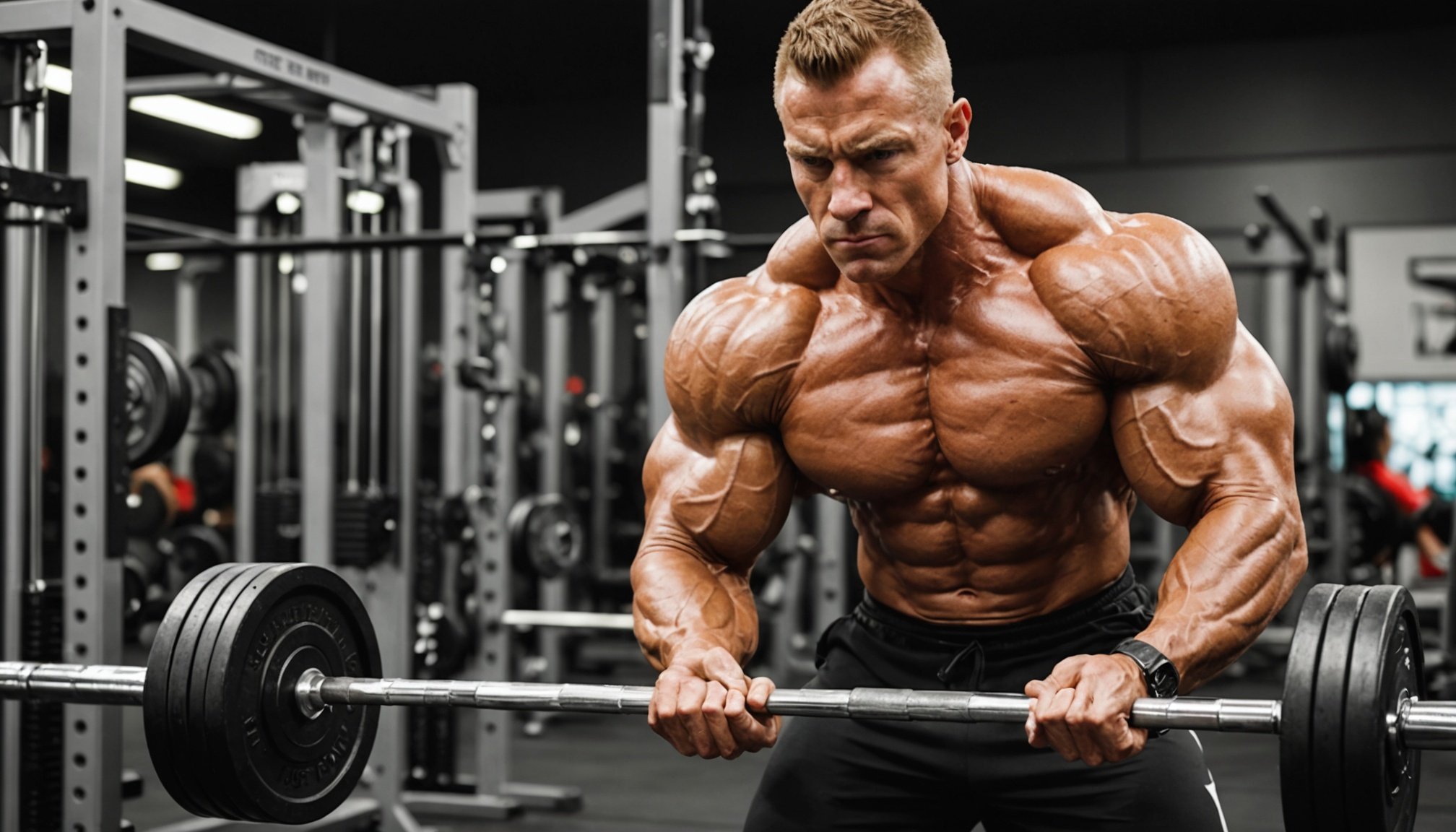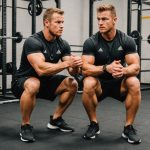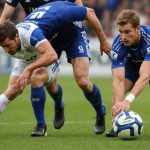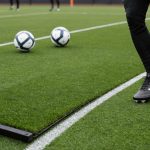Essential Nutritional Tactics for Bodybuilders in the Cutting Phase: Maximize Your Results!
Understanding the Cutting Phase
When it comes to bodybuilding, the cutting phase is a critical period where the goal is to reduce body fat while preserving as much muscle mass as possible. This phase is often undertaken by bodybuilders preparing for competitions or by individuals looking to achieve a leaner, more defined physique.
Why Cutting is Important
Cutting is essential for bodybuilders because it allows them to reveal the muscle mass they have built during the bulking phase. Here’s what Kate Neudecker, a fitness writer, has to say about the importance of cutting:
Also read : What should you know about the keto diet if you’re an athlete?
“Whether you’re a competitive bodybuilder or just someone looking to get in shape, the cutting phase is crucial. It’s where you get to see the fruits of your labor from the bulking phase and achieve that lean, defined look you’ve been working towards”.
Setting Up Your Cutting Diet
The cutting diet is designed to create a calorie deficit, which is necessary for fat loss. Here are the key components of a cutting diet:
Topic to read : How does practicing gratitude influence your fitness journey?
Calorie Deficit
To lose body fat, you need to consume fewer calories than your body burns. This calorie deficit can be achieved by reducing your daily calorie intake or increasing your energy expenditure through exercise.
- Calorie Intake: Aim for a deficit of 250 to 500 calories per day to lose half a pound to one pound of body fat per week. This can be adjusted based on your individual needs and progress.
Macronutrient Breakdown
During the cutting phase, your diet should be high in protein, moderate in carbohydrates, and low in fats.
- Protein Intake: High protein intake is crucial to preserve muscle mass. Aim for 25-30% of your daily calories to come from protein. This translates to about 1.6-2.2 grams of protein per kilogram of body weight.
- Carbohydrate Intake: Reduce carbohydrate intake to support fat loss. Aim for 40-50% of your daily calories from carbohydrates, focusing on complex carbs like oats, brown rice, and quinoa.
- Fat Intake: Keep fat intake low but not negligible, as fats are essential for hormone production. Aim for 15-20% of your daily calories from fats, focusing on healthy fats like avocados, nuts, and olive oil.
Sample Meal Plan for Cutting
Here’s a sample meal plan to help you understand what a typical day in the cutting phase might look like:
Breakfast
- 3 whole eggs
- 2 egg whites
- 1 cup of oatmeal
- 1 cup of mixed berries
Snack
- 1 scoop of whey protein
- 1 cup of Greek yogurt
- 1/2 cup of mixed nuts
Lunch
- 4 oz of grilled chicken breast
- 1 cup of brown rice
- 1 cup of steamed vegetables
Snack
- 1 scoop of casein protein
- 1 medium apple
Dinner
- 4 oz of grilled salmon
- 1 cup of quinoa
- 1 cup of roasted vegetables
Before Bed Snack
- 1 scoop of casein protein
- 1 cup of cottage cheese
Foods to Focus On
During the cutting phase, it’s crucial to focus on nutrient-dense foods that provide the necessary energy and nutrients without adding excess calories.
Lean Proteins
- Chicken breast
- Turkey
- Lean cuts of beef
- Fish
- Eggs
- Tofu
- Legumes
Complex Carbohydrates
- Oats
- Brown rice
- Quinoa
- Whole wheat bread
- Sweet potatoes
Healthy Fats
- Avocados
- Nuts
- Seeds
- Olive oil
Fruits and Vegetables
- Apples
- Berries
- Kale
- Spinach
- Tomatoes
Foods to Avoid
Certain foods can hinder your progress during the cutting phase due to their high calorie and low nutrient content.
Processed Foods
- Avoid foods high in sugar, salt, and unhealthy fats like processed meats, sugary snacks, and fried foods.
High-Calorie Foods
- Limit foods high in calories but low in nutrients such as pizza, burgers, and high-calorie desserts.
High-Fat Foods
- Reduce intake of high-fat foods like full-fat dairy products, fried foods, and high-fat meats.
Training During the Cutting Phase
Training is just as important as diet during the cutting phase. Here’s how you should structure your training:
Resistance Training
- Continue with resistance training to maintain muscle mass. Focus on compound exercises like squats, deadlifts, and bench presses.
Cardio
- Increase cardio activities to enhance fat loss. Aim for at least 20-30 minutes of moderate-intensity cardio per session, 3-4 times a week.
Sample Training Plan
Here’s a sample training plan for the cutting phase:
| Day | Workout Focus | Exercises |
|---|---|---|
| Monday | Chest and Triceps | Bench Press, Incline Dumbbell Press, Tricep Pushdowns, Overhead Dumbbell Extension |
| Tuesday | Back and Biceps | Pull-ups, Barbell Rows, Dumbbell Bicep Curls, Hammer Curls |
| Wednesday | Rest Day | |
| Thursday | Legs | Squats, Leg Press, Lunges, Leg Extensions |
| Friday | Shoulders and Abs | Shoulder Press, Lateral Raises, Planks, Russian Twists |
| Saturday | Cardio | 30 minutes of steady-state cardio |
| Sunday | Rest Day |
Supplements to Support Your Cut
While a well-structured diet and training plan are essential, certain supplements can help fill nutrient gaps and support your goals.
Protein Powder
- Whey protein and casein protein can help meet your high protein needs, especially around workouts and before bed.
Creatine
- Creatine can enhance strength and endurance during workouts, helping you maintain muscle mass.
BCAAs
- Branched-Chain Amino Acids (BCAAs) can help with muscle recovery and reduce muscle soreness.
Monitoring Progress and Adjusting Your Plan
Monitoring your progress is crucial to ensure you are on the right track.
Weekly Weigh-Ins
- Weigh yourself once a week to track weight loss.
Body Fat Measurements
- Use a body fat caliper to measure body fat percentage regularly.
Progress Photos
- Take progress photos every two weeks to visually track changes in your body composition.
Adjusting Calorie Intake
- Adjust your calorie intake based on your progress. If you are not losing weight, you may need to increase your calorie deficit.
Potential Risks and Considerations
While the cutting phase can be highly effective, it’s important to be aware of the potential risks.
Disordered Eating
- Weight cycling and extreme dietary changes can lead to disordered eating patterns. It’s crucial to seek professional advice and ensure you are not compromising your health.
Muscle Loss
- If the calorie deficit is too aggressive, you may lose muscle mass. Ensure you are consuming enough protein and maintaining a balanced diet.
Health Risks
- Severe calorie restriction can lead to health issues such as nutrient deficiencies and decreased immune function. Always consult with a healthcare provider or dietitian before making significant changes to your diet.
The cutting phase is a challenging but rewarding part of the bodybuilding journey. By focusing on a high-protein diet, balanced macronutrient intake, and a well-structured training plan, you can achieve significant fat loss while preserving muscle mass.
Here’s a final tip from a bodybuilding expert:
“Remember, patience and consistency are key. Don’t rush the process, and make sure you’re listening to your body. With the right diet and training, you’ll be on your way to a leaner, more defined physique in no time”.
By following these essential nutritional tactics and training strategies, you can maximize your results during the cutting phase and achieve the body you’ve always wanted.
